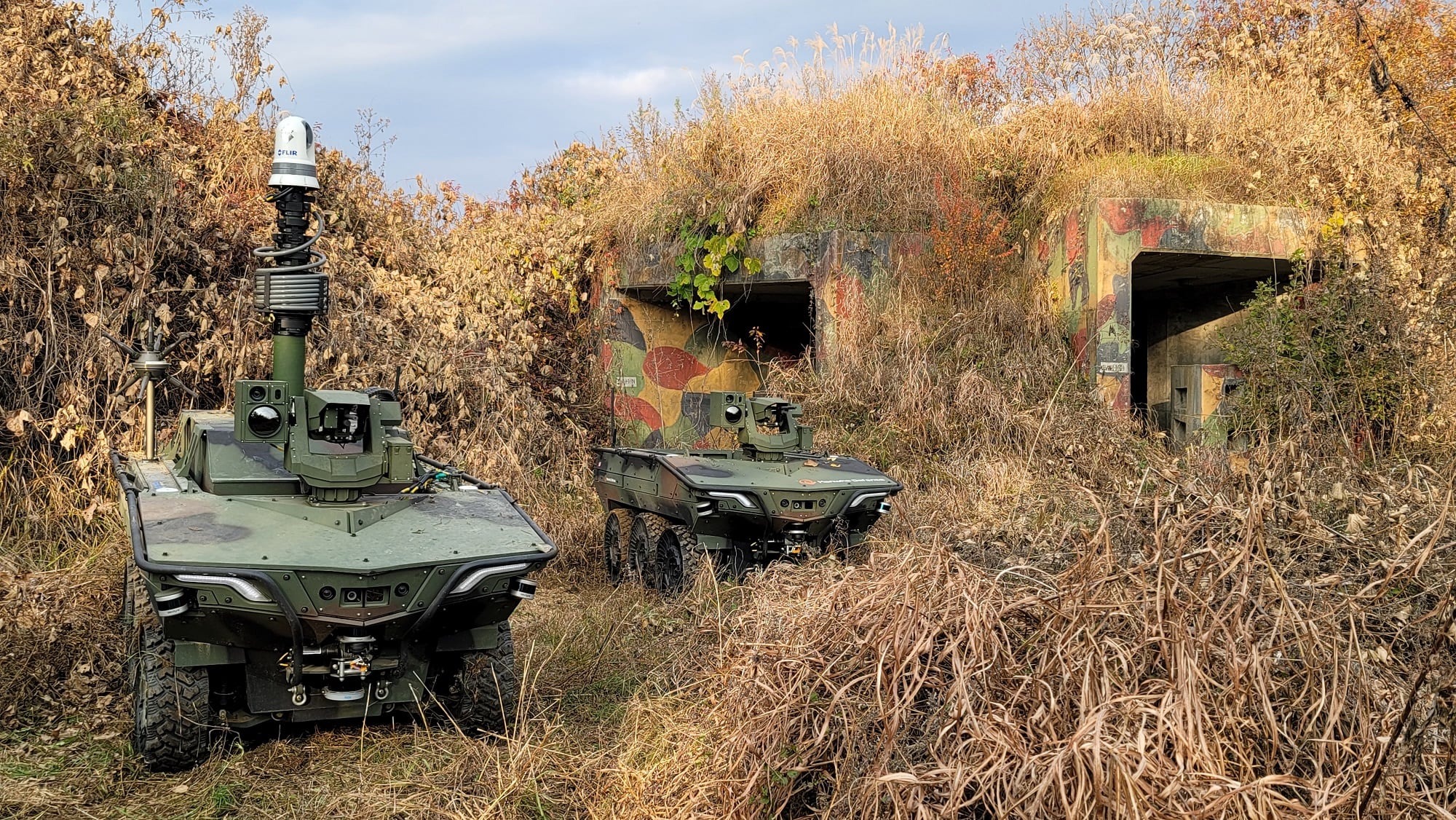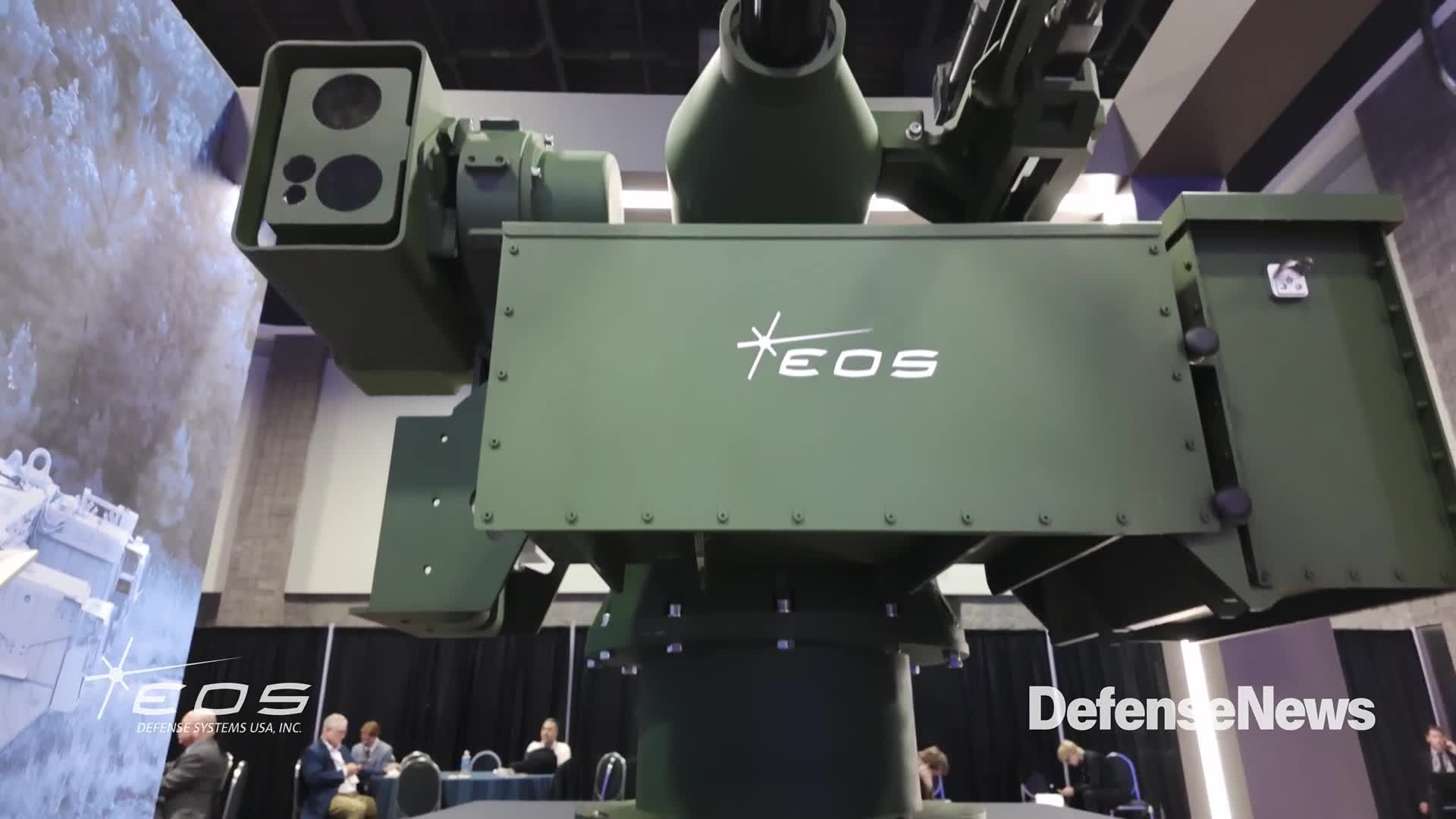CHRISTCHURCH, New Zealand — Threatened by Pyongyang’s burgeoning stocks and varieties of ballistic missiles and rockets, South Korea is moving forward with a key class of interceptor weaponry.
Defense officials have completed development of the long-range L-SAM air defense system, moving on to the more advanced L-SAM-II.
Late last month, Korea’s Defense Acquisition and Program Administration, or DAPA, announced it was wrapping up development of the L-SAM. After contractor LIG Nex1 began work on the program in 2014, officials now deem the technology suitable for combat.
“The L-SAM research and development project is currently being finalized, with the goal of completing system development at the end of this year,” a DAPA statement reads. This paves the way for production to commence ahead of fielding “in the late 2020s,” according to the agency.
A terminal-stage, upper-tier defense system, the L-SAM system is meant to to intercept targets at altitudes of 31-37 miles (50-60km). Fired from a truck-and-trailer launcher, it utilizes two missile types to shoot down aircraft and ballistic missiles, respectively.
RELATED

The new capability will play a key role in the Korea Air and Missile Defense protective umbrella that currently relies on the shorter-range M-SAM system, the U.S.-made Patriot suite and the U.S. Army’s Terminal High-Altitude Area Defense (THAAD), with the latter deployed in Korea since 2017.
Meanwhile, a next-generation weapon capable of knocking out aerial targets even higher and farther away is already in the works. A meeting by the Defense Acquisition Program Promotion Committee on May 29 approved a basic development plan for the L-SAM-II. Given the risk posed by North Korean Kim Jong-un’s missile programs, Seoul has accelerated its completion deadline by two years, to 2032.
Following feasibility studies approved last year, the L-SAM-II’s development will now receive a 1 trillion-won budget, or around $730 million.
The enhanced missile “uses a high-altitude interceptor with an increased interception altitude compared to the existing L-SAM,” the agency explained.
The L-SAM-II’s enhanced range – some three times that of its predecessor, at around 93 miles (150km) – will enhance South Korean multilayered air defenses. The L-SAM-II will boast two missile types – a high-altitude interceptor, and a glide-phase interceptor optimized to intercept hypersonic glide vehicles.
At the same May 29 meeting, DAPA approved development of M-SAM Block III medium-range air defense missiles, with interceptors and radar upgraded to counter hypersonic threats.
Saudi Arabia and the United Arab Emirates have already ordered the M-SAM Block II under $3.2 billion and $3.5 billion contracts, respectively, opening the Middle East market for prospective L-SAM deals as well.
The sales underscore the M-SAM’s popularity, placing it alongside K9 artillery pieces as being among South Korea’s most successful defense products for export.
South Korea hopes to attain cumulative defense sales of $20 billion this year.
Gordon Arthur is an Asia correspondent for Defense News. After a 20-year stint working in Hong Kong, he now resides in New Zealand. He has attended military exercises and defense exhibitions in about 20 countries around the Asia-Pacific region.







